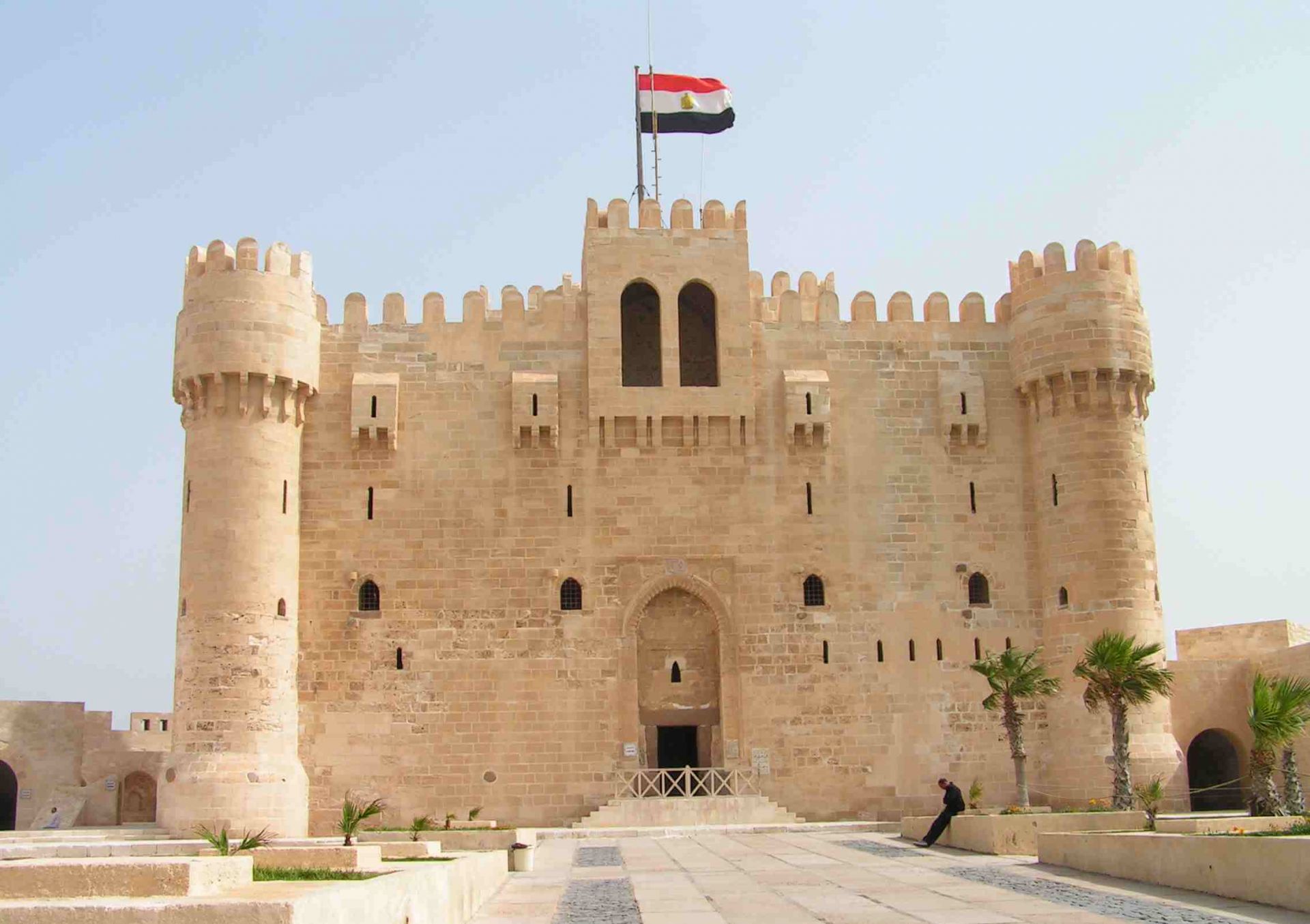All content and media files are published under a Creative Commons Attribution-ShareAlike 4.0 International License (CC BY-SA 4.0)
No matter how much poets glorified the Seven Wonders of the World, and archaeologists and restorers did not seek to prolong their life, some were not destined to survive, so they remained only on the immortal pages written by geniuses. The only functioning Wonder of the World was the Lighthouse of Alexandria, located in the vicinity of the modern city of Alexandria. For centuries, it was serving as a guiding star for ships and defending the Egyptian city from intruders. Time and numerous earthquakes destroyed it, until Qaitbay, the Burji Mamluk Sultan of Egypt, decided to use the stones of the famous lighthouse and erect a magnificent stone fortress in its place in 1477.
One of the most significant defensive forts of the Mediterranean Sea consists of inner walls that form an area of more than 12 thousand square meters. This area is divided into several spaces. Outer walls have main gates and semicircular observation towers. Next to the entrance, there is another door with an inscription on a marble slab, which informs about the hanging for theft on the territory of the fort.
The entire fort is a military fortification, as evidenced by the numerous holes for archers and drains for boiling oil in case of siege. Inside, there are rooms for soldiers and weapons. On the third floor, you can find a balcony and the throne of the Sultan, where he commanded his warriors. Under the fort, there are deep tunnels, which lead to weapons rooms, the harbor, and the main tower. This is why the Sultan's troops moved quickly and unnoticed during wars.
The fort was repeatedly sieged, destroyed, and rebuilt. You can examine its original look on the second floor. There is an exact miniature copy of the ancient Fort of Qaitbay.
